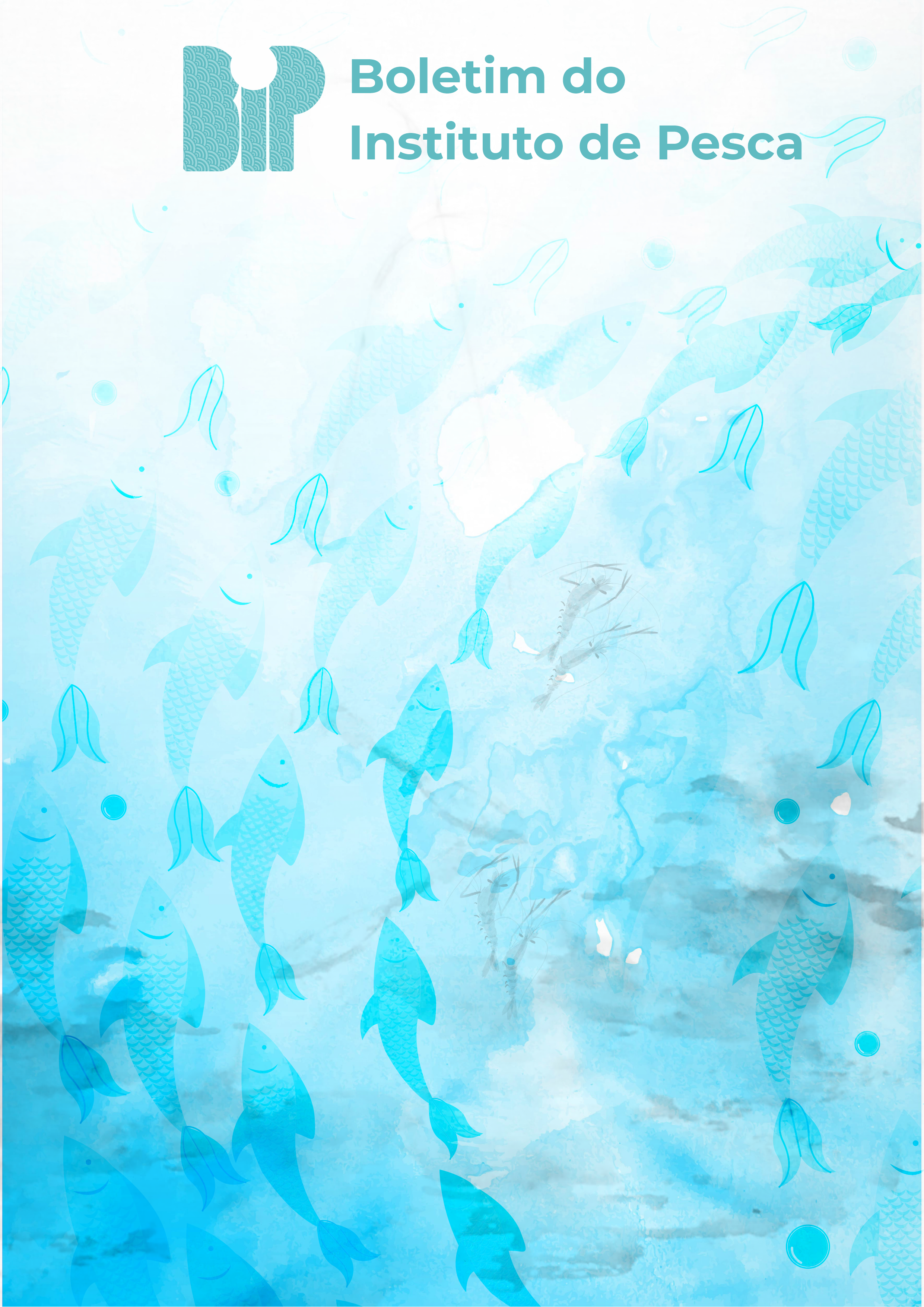Spatial planning for forthcoming shrimp farming in southern coast of Brazil: a tool to coastal management
DOI:
https://doi.org/10.20950/1678-2305/bip.2023.49.e789Keywords:
geographic information systems (sig), analysis hierarchy process (ahp), aquaculture, carcinicultureAbstract
Geographic information systems, the integration technique of multi-criteria assessment, together with the analysis hierarchy process, are recognized in decision support to describe and predict locations for implementation of different projects. In Brazil, shrimp farming has been consolidated for more than 30 years in the Northeast and North regions and is emerging in the Southeast. The purposes of this study were to analyze, classify and quantify through spatial planning for the establishment of shrimp farming in the North Fluminense region of the state of Rio de Janeiro, Brazil. The composition of the final model was structured into hierarchical categories with two models, factors, and constraints. The model of factors was subdivided into five sub-models: water abstraction, environmental, transport, public, and economic infrastructure. In turn, restrictions were composed of urbanized areas, environmental reserves. The best areas were identified as those that were flat, close to rivers, related to the
environmental sub-model criteria (21%); followed by the sub-models of public, economic, and water abstraction infrastructure (20%), and transport with the lowest weight attributed (17%). The analyses indicated a great potential for the implementation of shrimp farming in the region, estimated in a total area of 628,088 ha, classified as adequate or very adequate (> 0.6).
Downloads
Published
Issue
Section
License
Copyright (c) 2023 Guilherme Caldieraro Viana, Luiz Henrique Sousa Salgado, Felipe Schwahofer Landuci

This work is licensed under a Creative Commons Attribution 4.0 International License.










